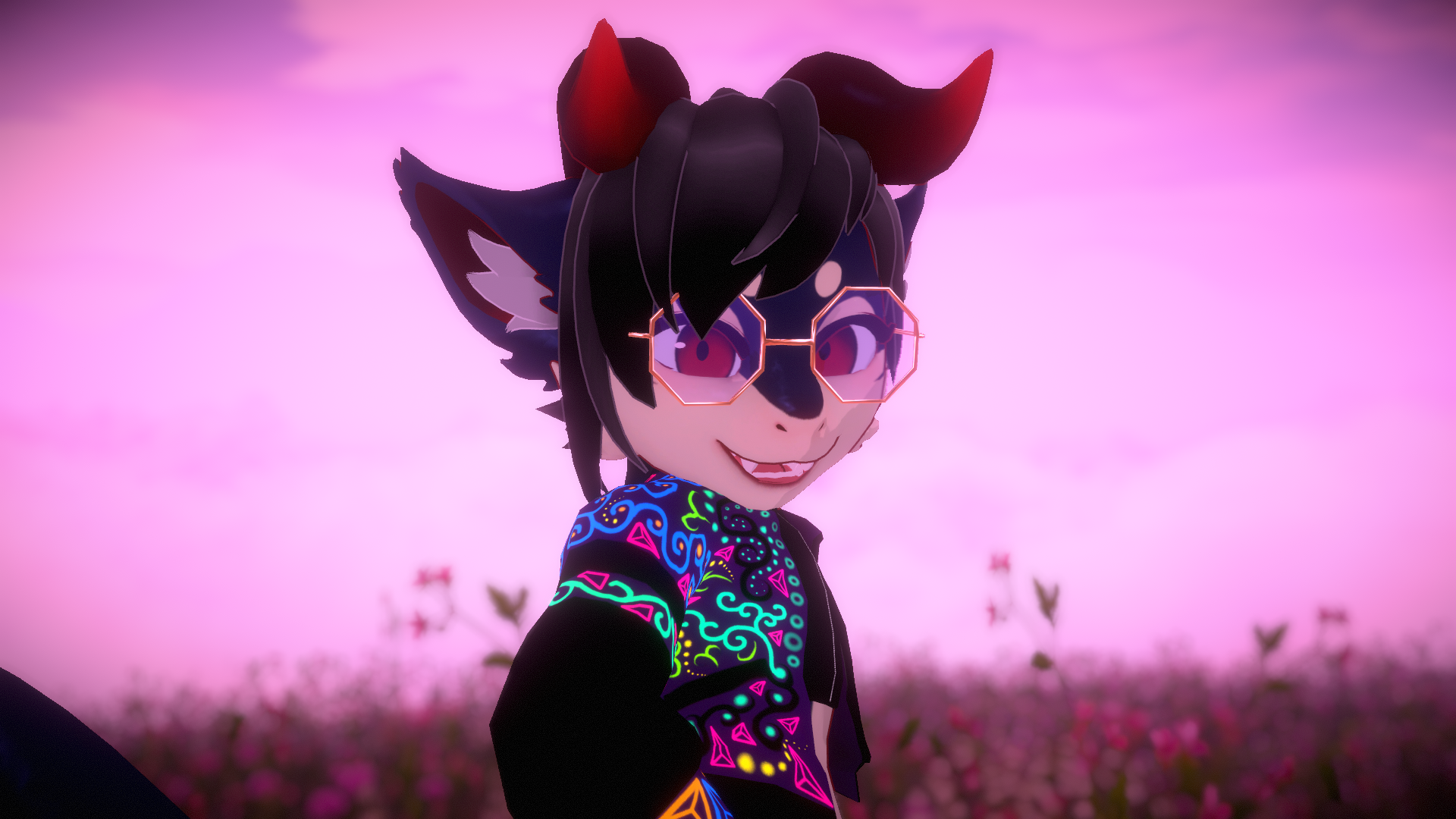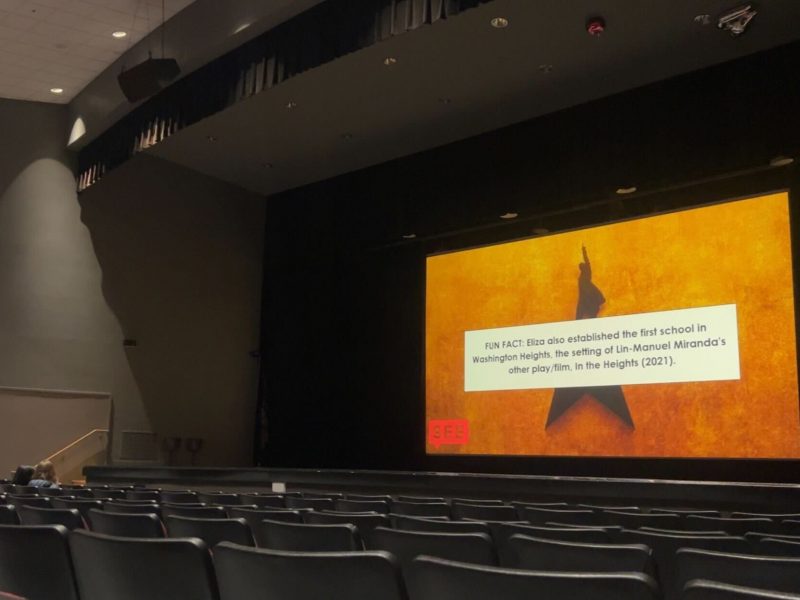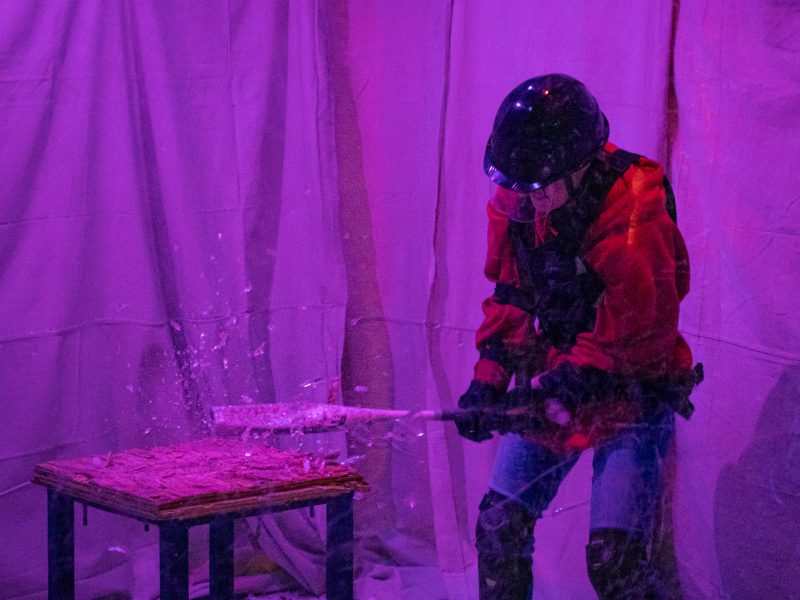By Daryl Perry and Hanna Zakharenko
Logan Fitzgerald is many things: He’s a junior at the University of Maryland, majoring in computer engineering and French, and a DJ. He is also a member of Unifursity Furries, a new student organization at this university “dedicated to uniting furries of all types,” according to the club’s TerpLink page.
Generally speaking, a furry is defined as a person who identifies with a “fursona,” an anthropomorphized animal identity. The furry community exists primarily online and consists of a global, diverse group of fans and artists.
Some people think the furry community is “just a bunch of degenerates” or unsuccessful nobodies, Fitzgerald said.
Fitzgerald brought up the example of a scientist who goes by the pseudonym Chise online, who helped develop the Moderna COVID-19 vaccine. Furries exist in all walks of life, he said.
“From our own personal experience, [it’s] very welcoming, very open and [a place] where you can express yourself and be yourself however you want to be,” Fitzgerald said.
[Can UMD students handle Pedro Pascal’s insane coffee order?]
Brett Ricketts, a junior computer engineering major and the Unifursity Furries treasurer, mentioned how people believe furries are antisocial, which Ricketts said is really not true.
“A lot of us definitely open up a lot more when we meet other like-minded people and people that have common interests,” he said.
Another stereotype that harms the furry community is that furries are hypersexual. An episode of the show CSI titled “Fur and Loathing” showed the community in a negative light, Ricketts said.
But there is more to being a furry than these misconceptions suggest. Unifursity Furries members don’t seem to pay much attention to the stereotypes.
“If other people are not okay with [furries], I kind of don’t care,” club President Ryan Bassett, a senior aerospace engineering major, said with a chuckle.
In fact, while Ricketts said the club tries to correct any misconceptions when they find them, the best way to do that is by just existing.
“Just being ourselves and showing that we’re a group of students that just have a common interest and that we’re just like any other club is really the best way to prove some of these misconceptions wrong,” he said.
On Feb. 5, the Instagram account @barstoolumd posted a picture of one of the flyers Unifursity Furries hung to attract new club members. It garnered more than 100 comments, some of them joking in nature, some of them not.
“It was amazing,” Fitzgerald said about the Barstool UMD Instagram post. “Give us the memes!”
He was glad the post got so much traction — almost 3,500 likes — because it brought more awareness to the fact that there are furries on this university’s campus. Fitzgerald added that the best part was not everyone in the comments had negative connotations of the community, and even though they aren’t furries themselves, they’re still supportive.
Ricketts said the online attention made more people aware of the club’s existence, allowing it to double in size.
“We have a good time, and it hasn’t really concerned us what other people think,” Bassett said. “That’s kind of a prerequisite for sort of a weird hobby like this one is you have to have thick skin about it. Not pay attention too much to any haters.”
All three club members also stressed that in general, reception for the club has been positive. Bassett even noted that at their last meeting at TerpZone, one member showed up in a fursuit, and people approached and asked to take photos with them.
“It’s a little bit of a weird hobby, but at the end of the day, it’s just a hobby … It’s just people expressing themselves a little differently and having fun,” Bassett said.
[Fashionista Friends helps students create amazing wardrobes and practice sustainability]
While the general furry community interacts largely online, these students enjoy the club’s in-person aspect.
“Even if you’re not doing anything furry-specific, it’s still nice to sort of break that digital barrier down and meet people that would otherwise just be names on a screen,” Bassett said.
Like other clubs, people come together for a common enjoyment, Fitzgerald added, and he wants to make sure people who share this interest have a safe place to do it. Because misconceptions might deter people from joining the club, creating a safe space helps people feel welcomed and comfortable.
When asked how misconceptions affect the club, Ricketts mentioned how people are scared to admit they are furries.
“It’s because they’re scared from outside judgment,” Ricketts said. “So we try to create a safe space where people can be expressive of themselves and be comfortable with being themselves, you know, being judged.”
Ricketts said they host informal meetups after class or on weekends where they will grab dinner or go out somewhere, providing opportunities for networking. He was able to find furries who had similar interests to him, who owned vintage computer collections and enjoyed modifying cars.
Fitzgerald found many friends through mutual VR and DJing interests. There are a lot of communities that are intertwined, he said.
“There’s a lot of nerds who are furries, there’s a lot of weebs who are furries,” Fitzgerald said. “Like we said, it’s not isolated. It’s very much so a web of different communities who can overlap over one another.”



